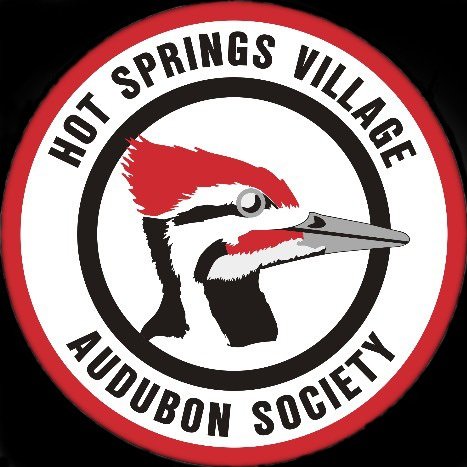10 things you can do to attract birds and butterflies to your yard
1. Plant flora that provides food
Arkansas native Beauty-Berry
Tastes vary from species to species, so plant a variety of shrubs, grasses, flowers and trees that provide nectar, acorns, nuts, seeds and berries, such as serviceberries and viburnums.
Vines, such as grape, trumpet vine and honeysuckle (Lonicera sempervirens), and perennials, such as agastache and echinacea, provide both food and shelter. Use only native species to attract native birds.
10 Plants for a Bird-Friendly Yard→
Want to know more about native plants for Hot Springs Village?
2. Provide water
A pond will attract birds (as well as insects and amphibians). If you don't have room for a pond, a birdbath will do.
Leave open space around your water feature so birds can see predators coming.
3. Provide shelter
Birds need places to build nests, as well as environments where they can take cover in bad weather.
American holly, Foster's holly, bayberry, dogwood, red maple and conifers offer good shelter.
4. Reduce Lawn Space
Lawns are largely useless to birds -- no food, no place to hide, no shelter.
If you must have some lawn, keep it de-thatched and well-aerated to encourage earthworms.
5. Plant shrubs instead of building a fence, and don't shear it into a wall
Choose shrubs that are naturally orderly, such as common boxwood.
Another idea for screening would be to use a plant that tends to colonize, such as staghorn sumac. This allows birds to come and go easily.
6. help nesting birds build nests
Put out a variety of useful building materials, including thin twigs, short lengths of twine or yarn, feathers, dryer lint, short strips of fabric, dog hair left after grooming, and dried leaves and grasses.
Or just provide a hairy dog.
7. Put up birdhouses for "cavity Nesters"
These include purple martins, titmice, chickadees, wrens, sparrows, finches and nuthatches. Never paint the inside of a birdhouse, and use only nontoxic paints or stains on the outside.
Don't use bright colors; they can catch the attention of predators. Keep the outside as natural-looking as possible.
Different birds have different needs, so research to find out what kind of house local birds might like. For information, see Bird Feeders & Houses.
Bluebird nest boxes available from our store.
8. Consider a Feeder
Platform bird feeder available from our store
Improving the natural landscape is more desirable than feeding birds outright, but most people want birds in their yard so they can watch them. That's something a feeder provides.
Again, do your research to find out what kinds of foods different birds like. For information, see Bird Feeders & Houses.
Make sure the feeder is secure, not too close to places where predators could lurk and protected from squirrels. It should be freestanding, not hung in a tree.
Clean it periodically to prevent spread of disease and so you won't attract rodents.
9. Reduce hazards
The National Audubon Society says the most common form of death associated with feeders is birds flying into windows.
Reduce reflections by closing the shades or blinds, especially when you're asleep or away. Window decals work only if there are enough of them and they are properly spaced to break up reflections. That generally interferes with people seeing out of the windows.
Reduce bird strikes with window netting, available from HSV Audubon store.
The best solution is to put the feeder within 3 feet of the windows or more than 20 feet away and use binoculars. For more information, see Window Strikes.
And keep your cat indoors. Cats are predators who are hardwired to stalk and kill prey even when they are not hungry.
10. Participate in a citizen science project
Cedar Waxwing chips away the ice - photo John Taylor.
Join HSV Audubon, the National Audubon Society and Cornell University for the Christmas Bird Count in December and the Great Backyard Bird Count in February or Project Feeder
You can find other citizen science projects at
Cornell Lab of Ornithology
For more information about birds, the landscape and the environment, check out National Audubon Society, the EPA and
the American Bird Conservancy.








